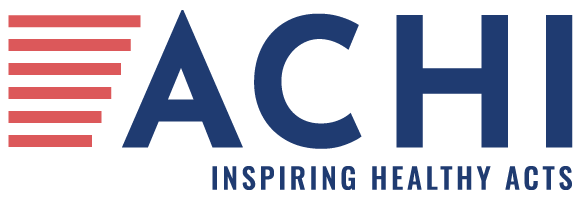
UPDATE: A stopgap spending bill signed November 12 by President Donald Trump to end a government shutdown waives rules under the Statutory Pay-As-You-Go-Act of 2010 that would have required automatic spending cuts to Medicare in response to the 2025 federal budget reconciliation law. The post below discusses the impact these rules would have had on Medicare if they had not been waived.
(Original post published August 12, 2025)
The recently enacted federal budget reconciliation bill is expected to trigger cuts to the Medicare program — not because the legislation mandates cuts, but because it increases the federal deficit, activating an existing budget enforcement law known as the Statutory Pay-As-You-Go-Act of 2010, also known as S-PAYGO or simply PAYGO.
The Statutory Pay-As-You-Go Act requires that new legislation not increase the federal deficit by increasing direct, or mandatory, spending or enacting tax cuts. If, at the end of a congressional session, the Office of Management and Budget (OMB) determines that a new law would increase the deficit, PAYGO triggers automatic spending cuts to mandatory programs at the end of that year, a process known as sequestration. If OMB finds that automatic cuts have been triggered and orders sequestration, spending for each mandatory program, except for those exempted by law, is reduced for one year by a percentage equal to the percentage of increase to the deficit, to offset that increase. The law makes an exception for Medicare payments, which cannot be reduced more than 4% through sequestration.
Another federal law, the Budget Control Act of 2011 imposed a separate and permanent 2% reduction in Medicare spending beginning in 2013, affecting payments to providers and plans, including Medicare Advantage and Part D (prescription drugs) plans.
The Budget Control Act and PAYGO prohibit sequestration from affecting:
- Medicare Part D low-income premium and cost-sharing subsidies.
- Medicare Part D catastrophic subsidy payments.
- The Qualifying Individual Program, which helps low-income Medicare beneficiaries pay their Part B premiums.
OMB has estimated that between 2026 and 2034, the 2025 budget law would result in deficit increases averaging $230 billion per year, triggering sequestration under PAYGO. In fiscal year 2025-26, the 4% cap on Medicare cuts would limit those cuts to an estimated $45 billion. In future years, Medicare’s share of cuts would increase with overall spending, reaching $75 billion by 2034 and totaling roughly $490 billion over the 2027-2034 period.
If a 4% sequestration would not suffice to offset the deficit in the budget, all non-exempt, non-Medicare programs would be cut by a higher uniform percentage, in addition to the 4% cut to Medicare.
While PAYGO has remained intact since 2010, its enforcement has been inconsistent. In 2015, Congress waived PAYGO rules when it passed the Medicare Access and CHIP Reauthorization Act, and it did so again in 2017 when it passed the Tax Cuts and Jobs Act, exempting itself from paying the full tab for its own legislation.
If Congress does not act to prevent PAYGO from being triggered by the latest budget law, rural healthcare providers, which often rely heavily on Medicare reimbursement to maintain their operations, could scale back services, making it harder for seniors and Medicaid recipients who also qualify for Medicare to obtain needed care. Providing healthcare services in small, rural communities costs more than it does in urban areas, and nearly half of the nation’s rural hospitals have already reported that they lost money providing patient services in the 2023-24 fiscal year. In Arkansas, 79% of rural hospitals reported losses on patient services in 2023-24. With nearly 44% of Arkansans living in rural areas as of 2024, the potential impact of Medicare cuts to healthcare access in the state could be substantial.






